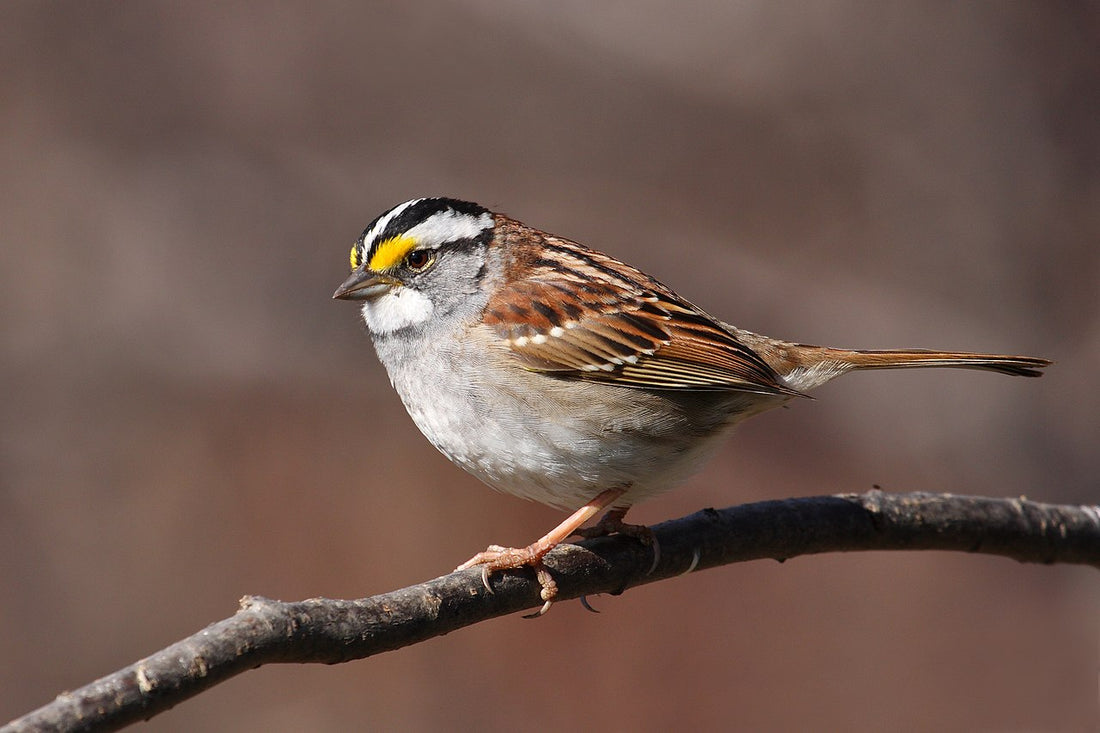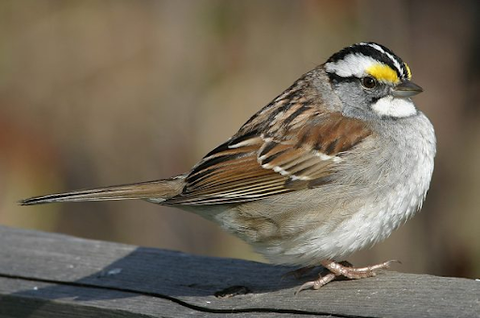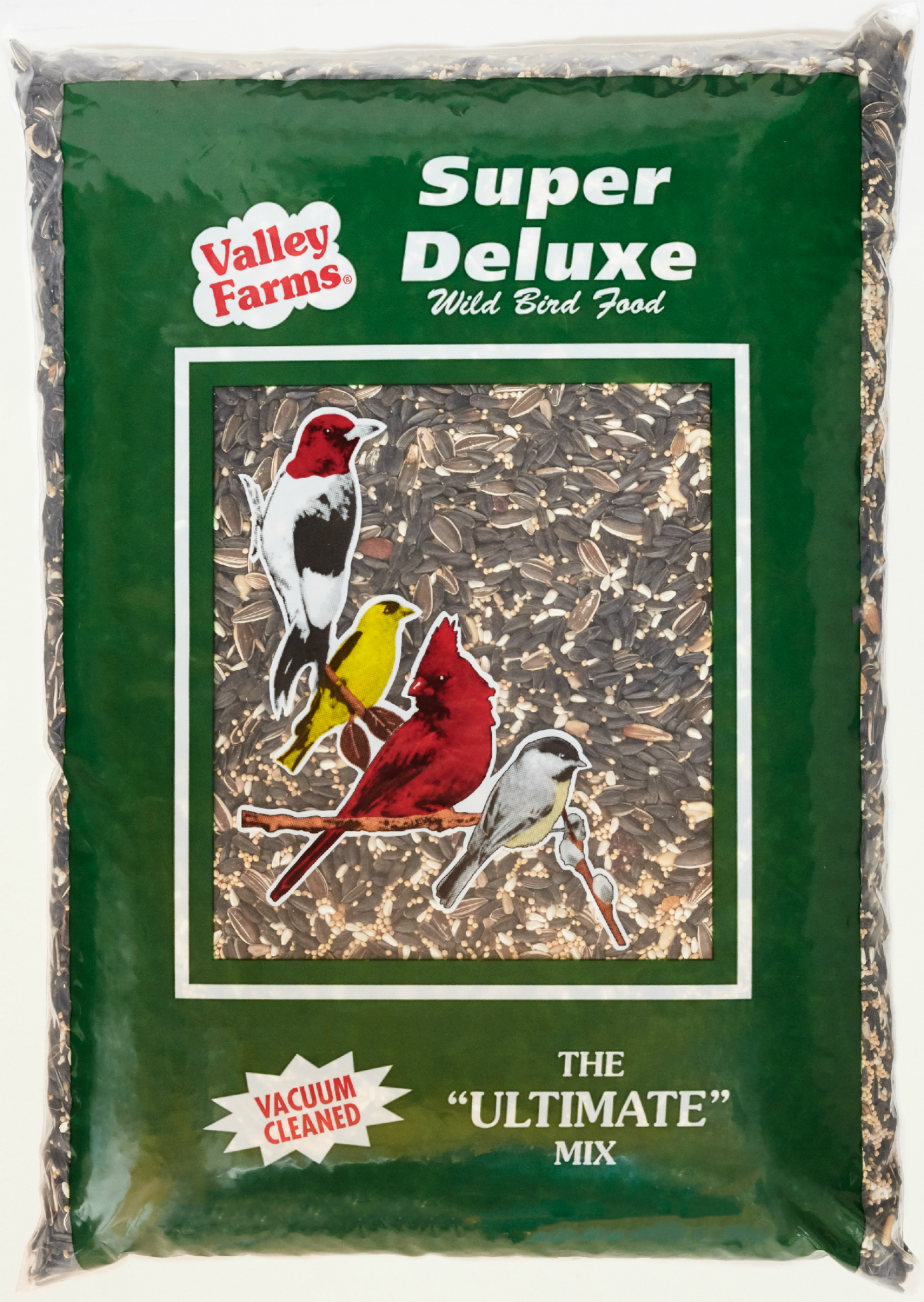
Why the White-Throated Sparrow is Singing a New Tune
Share

Known for its bright white throat and striped crown, the white-throated sparrow is among one of the most beloved songbirds in Canada and the United States. This larger-sized passerine may be tan or white-striped, but those aren’t its only distinctions. Varying degrees of testosterone in males, mating preferences of females, and the birds’ propensity for displaying a nurturing side may also differ. Another major differentiator is the sparrow’s song, which seems to have evolved in recent years.

All About the White-Throated Sparrow’s Song
Birders and biologists have been keeping a watchful eye (and ear) on the white-throated sparrow’s song migration. Song biologist Ken Otter first became aware of this new dialect around 2000. The main distinction between the old song and the new is the number of syllables. While the original song was a three-syllable tune, this new one has just two.
Such a change may appear minute to some, but the authors of a study on song migration published in Current Biology say that the speed at which the new song has been adopted by male songbirds is unheard of.
*Listen to the white-throated Sparrow's songs here!*
The Power Behind Change
What is behind the major takeoff of why the white-throated sparrow adopted this new tune? It could be the power of legacy. Male birds establish their reputations for defending territories based on their songs. Hearing a territorial song could deter predatory species while also creating a safe haven for females looking to mate. Otter also added that songs remain consistent because there can be punishment for not conforming.

The Findings (What We Know)
Current research has yielded the following results:
Individual instances of the 2-syllable song were heard as early as the 1960s with increasing prevalence in the early 2000s.
By 2002, the doublet-ending song showed up in all males west of the Rockies.
By 2015, the new song variation had completely replaced the old version in regions west of central Ontario.
The main finding most people are interested in is the why of it all: what is the reason for this shift in dialect? The simple answer is migration. White-throated sparrows summer in the Northern Hemisphere and migrate to the coastal and southern United States for the winter. Both eastern and western birds winter in the same places of Texas, where young, impressionable birds mimic the new dialects and start to adopt them.

Source: Birds & Bloom
Are There Any Benefits?
The final question remains as to whether or not there are benefits of the newly adopted dialect. Males seem to treat them the same and so far, females haven’t shown a predilection towards one versus the other. Vanderbilt University biologist Emily Hudson speculates that the easier the song is to sing (2 syllables vs 3), the more popular it will become amongst the species. Otter wonders how females’ perception of the song will impact the male’s propensity towards widespread adoption. How it all plays out remains to be seen.

Regardless of how they sing, these birds still need to feed! Keep the white-throated sparrow well-fed and nourished with the cleanest wild bird food around.
Valley Farms Super Deluxe Wild Bird Food $15.95
Valley Farms® has just the right supplies to keep these passerines in tip top shape no matter where they fly, sing, nest, or breed.

